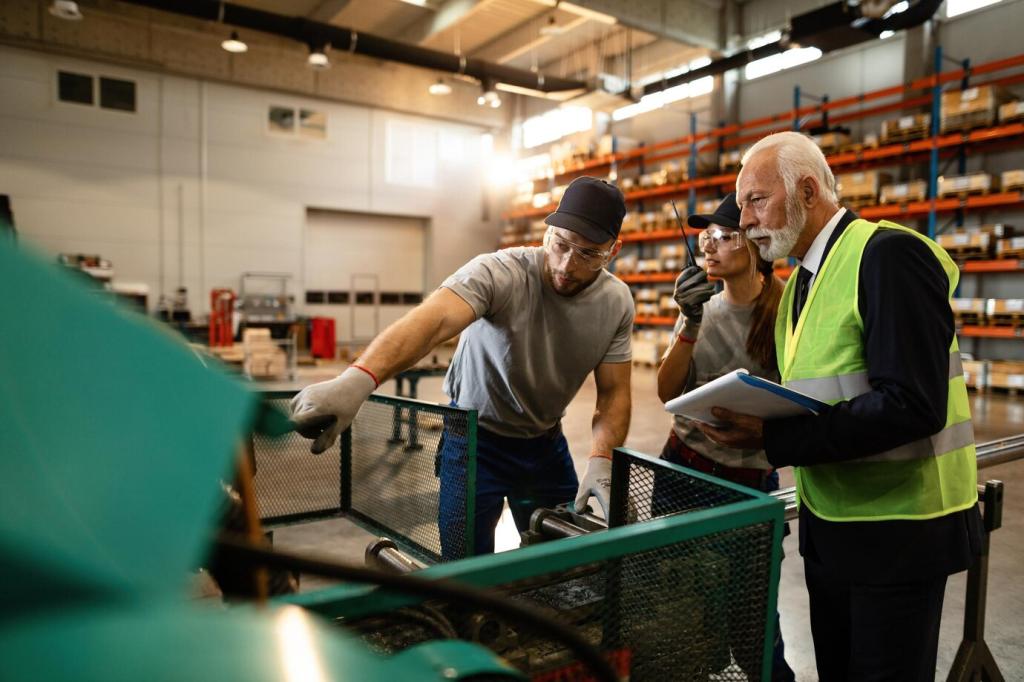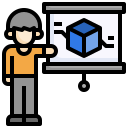Make More with Less: Cost Reduction Techniques in Manufacturing
Chosen theme: Cost Reduction Techniques in Manufacturing. Welcome to a practical, upbeat guide to lowering costs without compromising quality, safety, or morale. We’ll share stories, battle-tested tactics, and simple frameworks you can apply this week. Join the conversation, subscribe for fresh playbooks, and tell us where your factory is winning or struggling.



Map Your Cost Drivers Before You Cut
Value stream mapping exposes where cash is trapped in queues, rework, batching, and long changeovers. Walk the process, time the work, tally handling steps, and challenge every non-value activity. Comment with your biggest surprise after your last map.
Map Your Cost Drivers Before You Cut
Operators waiting for tools, parts, or approvals quietly inflate unit costs. Excess motion masks time loss and fatigue. Film one shift, count steps and delays, then redesign layout and kits. Share your favorite low-cost layout tweak that paid back instantly.
Lean, Not Leaner: Remove Waste, Keep Value
A small machining cell cut changeover from 62 minutes to 14 using SMED, labeled carts, and pre-staged fixtures, saving 18% per part within a month. Start tiny, document learnings, and celebrate. What quick kaizen delivered your fastest, real cost reduction?
5S eliminates searching, damages, and mistakes that slowly tax your margins. Mark home positions, shadow-board critical tools, and audit daily. The win is fewer micro-delays. Post a photo of your best 5S corner and inspire the community to tidy for profit.
Clear standard work cuts variation, training time, and rework. Cross-train operators to flex with demand, avoiding overtime spikes and temp churn. Pair visuals with short videos at stations. Subscribe for our standard work card template and a simple cross-training matrix.

Energy as a Managed Cost, Not a Mystery
Smart Meters, Smarter Decisions
Installing sub-meters on compressors, ovens, and chillers revealed off-shift energy drift. One plant reduced weekend idle draw by 27% with automatic shutdown routines. Graph your load profile and attack the nighttime plateau. Tell us your biggest metering insight so far.
Heat, Air, and the Compressed Air Trap
Compressed air leaks burn money silently. Ultrasonic checks, pressure rationalization, and point-of-use regulators produce quick wins. Where possible, replace air tools with electric. Share your leak-fixing playbook and how quickly your energy per unit dropped afterward.
Turndowns, Shutdowns, and Schedules
Match equipment run modes to actual demand. Add VFDs, enable eco modes, and schedule heat-up windows with production plans. The best savings are invisible to operators and guaranteed by automation. Subscribe for our energy scheduling worksheet to align planning and maintenance.




Add simple counters, vibration sensors, and andon lights to surface bottlenecks. One line increased OEE by 9 points before touching automation budgets. Prove value with data, then scale. What $500 sensor delivered your clearest cost-reduction insight last quarter?

Pull production, scrap, and downtime into lightweight dashboards visible to every shift. Decisions speed up; firefighting slows down. Use QR codes for operator feedback. Subscribe to get our starter dashboard schema and a sample Pareto for immediate shop-floor use.

Deploy cobots to repetitive, ergonomic pain points like case packing or screwdriving. Keep humans on problem-solving and quality. Lower injuries mean fewer hidden costs. Comment with the station you’d automate first and why it will pay back quickly.
Quality Pays: The Cost of Poor Quality
Right-First-Time Culture
Make defects impossible or obvious. Poka‑yoke fixtures, clear CTQ definitions, and instant feedback at the station prevent cascading waste. Celebrate catches, not blame misses. Share a simple mistake-proofing trick that saved material and morale in your area.
SPC Without the Alphabet Soup
Start with two charts: X‑bar and p-chart. Focus on top three CTQs, sample consistently, and act on signals. Stability equals savings. Subscribe for printable SPC quick-start guides and a calculator that estimates the cost of poor quality by defect type.
Inspection to Prevention Shift
Move checks upstream. Pair incoming inspection with supplier process audits and capability targets. At the line, verify at source, not at end. Tell us how you convinced leadership to invest in prevention rather than accept chronic final inspection.

From EOQ to EDD: Choosing What to Make Next
Use simple scheduling rules—Earliest Due Date, Shortest Processing Time, or bottleneck drum—to stabilize flow and reduce expediting. Visualize queues daily. Comment with the rule that worked best for your product mix and why it stuck.
Kanban That Survives Mondays
Right-size Kanban with real consumption data, buffer for demand spikes, and disciplined card management. Protect supermarkets near constraints. Subscribe for our Kanban sizing calculator and share your best fix for disappearing cards or creeping batch sizes.
Sales, Inventory, and Operations Planning That Sticks
S&OP aligns demand, capacity, and inventory targets. Monthly, cross-functional, and metric-driven beats heroic guesses. Tie plans to labor and overtime decisions. Tell us which S&OP metric—forecast accuracy, bias, or service level—most changed your cost profile.
PM That Prevents, Not Performs
Shift from calendar PMs to condition-based tasks using vibration, temperature, and oil analysis. One plant trimmed unplanned downtime by 30% and parts spend by standardizing spares. Subscribe for our critical asset checklist and a starter predictive maintenance plan.
Criticality Ranking Beats Gut Feel
Rank assets by safety, quality, throughput, and repair lead time. Focus your best technicians and spares on true constraints. Comment with a time criticality analysis revealed a surprising bottleneck that was quietly taxing your costs.
Operators as Owners
Autonomous maintenance—clean, inspect, lubricate—builds pride and early detection. Simple tags, quick fixes, and daily walks reduce failures. Share how you trained operators to spot abnormalities and how that changed your scrap and changeover stability.
